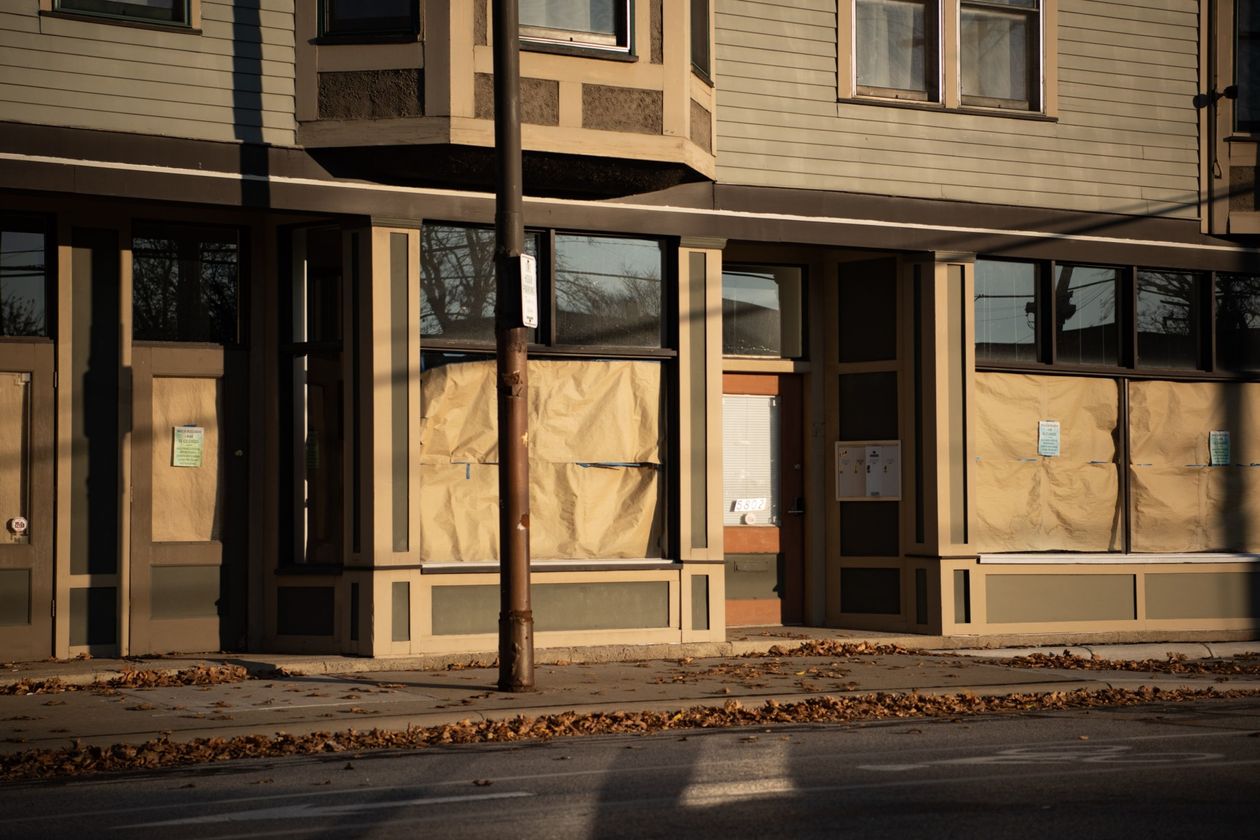U.S. Economy Expected to Reach Pre-Pandemic Peak by Mid-2021
CBO predicts GDP growth of 3.7% this year, but forecasts output below its potential until 2025

WASHINGTON—The U.S. economy is expected to expand more rapidly in 2021 than officials projected in July, but it will take several years for output to reach its full potential and for the number of employed workers to return to its pre-pandemic peak, according to new economic projections released Monday.
The Congressional Budget Office said it expects gross domestic product, the broadest measure of economic output, to return to its pre-pandemic level by the middle of this year, thanks in part to a surge of relief spending Congress authorized in 2020, including aid for households and businesses.
Gross domestic product is expected to grow 3.7% in the fourth quarter of 2021, compared with a year earlier, and to expand 2.4% in 2022. Growth is likely to average 2.6% a year through 2025, the CBO said. The agency said a roughly $900 billion relief bill enacted in December would add about 1.5% to the level of GDP this year and next.
The latest projections will be closely watched by lawmakers weighing how much additional government support the U.S. economy might need as it recovers from the coronavirus pandemic and its economic impact.
Senate Republicans released new details of their roughly $618 billion coronavirus-relief proposal on Monday ahead of a meeting later in the day with President Biden. The GOP proposal is roughly one-third the size of Mr. Biden’s $1.9 trillion plan.
The latest forecasts project a stronger economy this year than the CBO expected in July, “in large part because the downturn was not as severe as expected and because the first stage of the recovery took place sooner and was stronger than expected,” the agency said.
But the CBO projects economic activity will remain below its potential—or maximum sustainable output—until 2025, suggesting the burst of activity expected this year could be followed by a long, slow recovery.
The CBO also estimated the jobless rate will fall to 5.3% by the end of this year from 6.8% at the end of 2020. The number of people who are employed, however, won’t return to the level seen before the pandemic until 2024, the agency said.
It also expects modestly higher inflation and higher interest rates over the coming years than anticipated in July.
Critics of the Biden relief plan have argued it would provide more support over the coming quarters than the economy needs.
A new analysis from economists at the Brookings Institution found the president’s plan would boost GDP to the level economists expected before the pandemic by the end of the year and temporarily push the jobless rate down to 3.2% by the end of 2021 from 6.7% in December 2020.
GDP would exceed expectations by 1% for the fourth quarter of 2021, likely putting some upward pressure on inflation, which the Federal Reserve has said it would welcome, senior Brookings fellows Wendy Edelberg and Louise Sheiner wrote. Output would then decline slightly in 2022, though the contraction could be sharper than expected, they said.
If the plan is enacted, cumulative GDP over the next decade would be roughly the same as expected before the pandemic, they said. Without another aid package, GDP would remain below its pre-pandemic level for several years.
“In the near term, without additional federal resources to contain the resurgence of the pandemic and distribute vaccines, the economy will face substantial headwinds,” wrote Ms. Edelberg, a former CBO chief economist, and Ms. Sheiner, a former Fed economist.
While output might return to its pre-pandemic level this year without additional aid, it won’t make up for the ground lost in 2020, economists said. The CBO projects that cumulative shortfall will total roughly $857 billion through 2024.
“If we really want to recover from the pandemic, it’s not just a matter of getting to where we were back in February [2020] and declaring victory,” said Ernie Tedeschi, an economist with Evercore ISI.